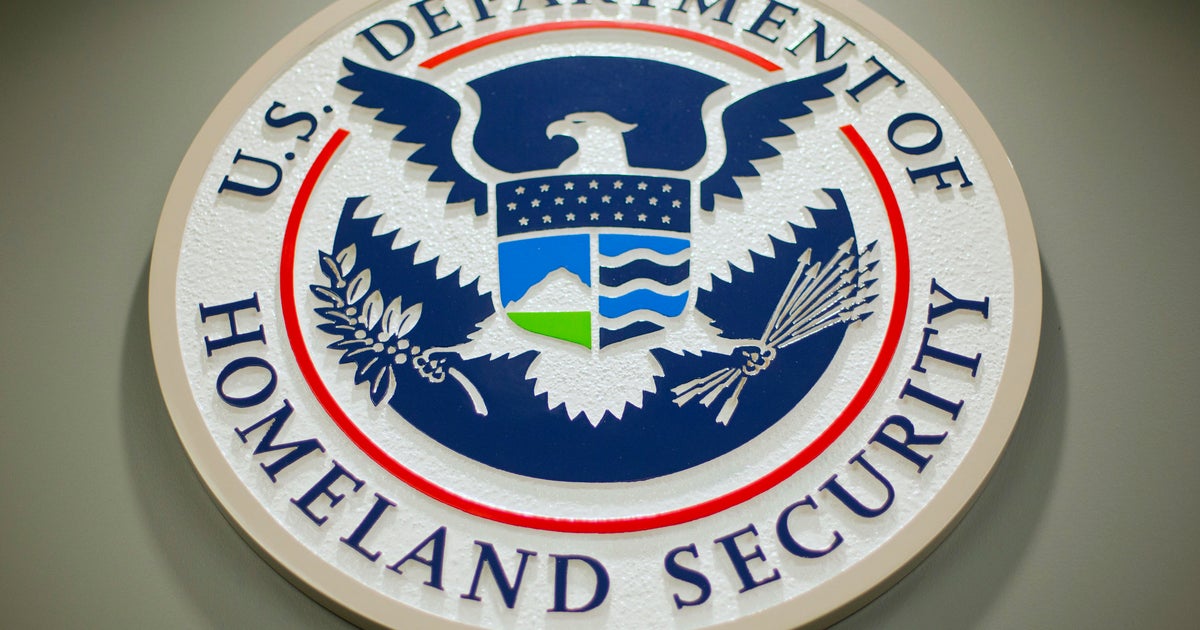Fast-Moving Lava Threatens To Trap Residents As Volcanic Haze Reaches Guam
Follow CBSMIAMI.COM: Facebook | Twitter
HAWAII (CBSMiami/CNN) -- Danger from Hawaii's Kilauea volcano has now reached Guam, the US territory 4,000 miles away.
Volcanic haze from Kilauea, where fallout from a massive eruption keeps threatening residents, has stretched across the Pacific and threatens residents of the Mariana Islands.
"Residents with respiratory health problems should stay indoors and avoid being outdoors when haze is seen," Guam's homeland security office said. "Mariners and pilots should be aware of lower visibilities caused by this haze."
Meanwhile, back on Hawaii's Big Island, authorities are scrambling to warn residents about fast-moving lava that threatens to engulf more homes in the Leilani Estates community.
Watch lava flow traveling In Leilani Estates
Officials are asking residents to get out now to avoid getting trapped by flaming molten rock, Hawaii County Civil Defense said Monday night.
The lava is bubbling from a particularly violent fissure -- or volcanic crack in the earth's surface -- called Fissure 8.
Fissure 8 is now "very active," with two fountains of lava reaching more than 200 feet at times, the US Geological Survey said.
The lava moves at a rate of some 90 feet every hour.
The new lava flow has destroyed at least ten more homes. Overall, the eruption has now destroyed 82 buildings, including 41 homes.
More than 200 people are staying in emergency shelters.
In Hawaii's East Rift Zone, where Leilani Estates and Lanipuna Gardens are located, "additional ground cracking and outbreaks of lava in the area of the active fissures are possible," the USGS said.
Then there's the danger of vog, or volcanic smog. Vog is a haze created when sulfur dioxide gas and other volcanic pollutants mix with moisture and dust.
"Volcanic gas emissions remain very high from the fissure eruptions," the USGS said. "If a forecast shift in wind direction occurs today, widespread vog could occur on the Island of Hawaii," it warned Monday evening.
On top of all that, the USGS said ash was still erupting intermittently from Kilauea's summit.
"Winds have weakened and shifted in direction so that ash fall could occur in communities around the summit area," it said. "Additional explosive events that could produce minor amounts of ash fall downwind are possible at any time. Volcanic gas emissions at the summit remain high."
The National Weather Service said the wind could carry ash to other locations.
"Low level winds will remain out of the east-southeast through Tuesday, then shift back out of the east Wednesday. These winds will support volcanic emissions and ashfall potentially impacting other locations on the Big Island, such as the Hilo and Kona Districts.
"In addition to this potential over the Big Island, some emissions could reach the smaller islands through the day Tuesday."
And frequent earthquakes keep rattling the island. Since Kilauea's massive eruption May 3, more than 2,000 earthquakes have struck in and around Big Island.
The USGS said a 4.1 magnitude quake was recorded at 5:39 p.m. Monday (11:39 p.m. ET). No tsunami warning was issued.
Energy officials confirmed Monday that lava covered two wells at the Puna Geothermal Ventures power plant. They carried out safety measures to prevent the wells from emitting dangerous hydrogen sulfide gas but those concerns continue as more wells are threatened by the 2-thousand degree molten rock.
(©2018 CBS Broadcasting Inc. All Rights Reserved. Cable News Network, Inc., a Time Warner Company, contributed to this report.)



